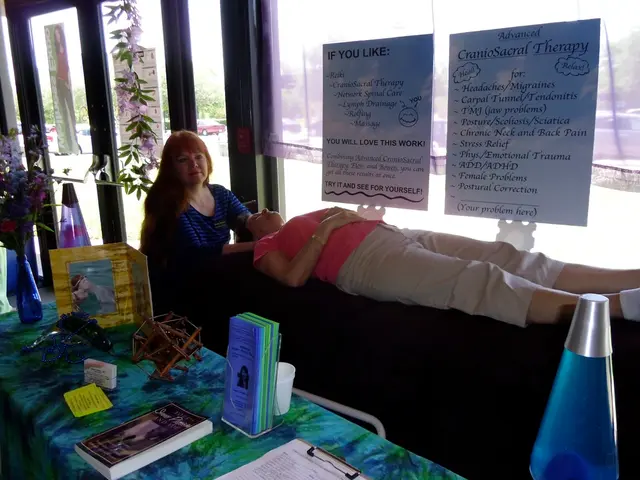Identifying Gems: The Contribution of Gemologists
In the captivating world of gemstones, accurate identification is crucial for consumers, traders, and the industry as a whole. Gemologists, qualified experts trained in the science of gemology, serve as the linchpin that holds together the ethical, legal, and commercial aspects of a genuine gemstone collection.
Traditional identification methods involve physical and visual inspection techniques, such as magnification, scratch testing, weight and density comparison, and colour and clarity evaluation. Using microscopes or loupes, gemologists observe inclusions, growth patterns, and surface features that can distinguish natural from synthetic stones. Scratch testing helps check the durability and resistance of stones, while comparing weight and density provides insights into specific gravity. Colour and clarity evaluation under different lighting conditions helps in determining the authenticity of gemstones.
Modern gemologists also incorporate advanced laboratory equipment and scientific analyses, such as spectroscopy, refractometry, polariscope and dichroscope, specific gravity liquids, digital devices, and non-destructive techniques in archaeogemology. Spectroscopy examines how gems absorb or transmit light spectra, revealing composition and treatment history. Refractometry measures the refractive index of the gem, a critical optical property that is consistent for specific species. Polariscope and dichroscope identify optical properties like pleochroism or birefringence essential for gemstone identification. Specific gravity liquids aid in species determination, while digital devices improve precision and reliability. Non-destructive techniques in archaeogemology combine gemology with mineralogical research to analyze ancient gem artifacts scientifically, revealing origins and authenticity without damage.
Certification plays a crucial role in gemstone identification by providing independent verification, documentation of gem characteristics, security and authenticity features, universal grading systems, and market and academic trust. Certificates include detailed, standardized information such as carat weight, colour, clarity, cut style, and treatments detected. Modern certificates often incorporate tamper-proof holograms and barcodes, protecting against forgery. Institutions like the Gemological Institute of America (GIA) use scientifically based grading systems that remove much subjectivity from colour and clarity assessments, helping buyers and sellers trust the quality described.
Correct identification of gemstones carries significant ethical and legal implications, especially in cases involving 'blood diamonds' or other gemstones sourced from conflict zones. Synthetically created gemstones can be virtually indistinguishable from their natural counterparts, emphasizing the importance of a skilled gemologist. Before the advent of sophisticated technologies, gemologists relied on traditional methods for identification, such as visual inspection, Mohs hardness test, and refractive index measurement.
In today's market, ethical sourcing and sustainability have become as valuable as the gemstones themselves, making the role of gemologists even more crucial. Raman spectroscopy is a powerful tool used by gemologists to analyze vibrational, rotational, and other low-frequency modes in a gemstone, and it is highly effective in distinguishing between natural and synthetic materials. In the gemstone industry, a gemologist's roles include identification, grading quality, advising on market value, and consulting on ethical sourcing practices.
In summary, gemologists employ a blend of traditional observational techniques and sophisticated modern instrumentation to identify genuine gemstones accurately, while certification provides a trusted, standardized, and verifiable record of the gem’s identity and quality, making it an indispensable part of the gemstone trade and research.
Health-and-wellness enthusiasts, interested in ethical sourcing, can find peace of mind knowing that advanced gemologists use science to examinate fitness-and-exercise equipment, ensuring they are of natural origin and free from harmful substances. This scientific evaluation, akin to the techniques used in gemology, helps boost consumer confidence and ensures the equipment promotes genuine health benefits.
Tech-savvy individuals in the health-and-wellness and fitness-and-exercise industry can recognize the parallels between gemology's usage of technology such as Raman spectroscopy, and how they can incorporate similar technologies into their field, paving the way for more accurate identification, quality assessment, and ethical sourcing practices.




